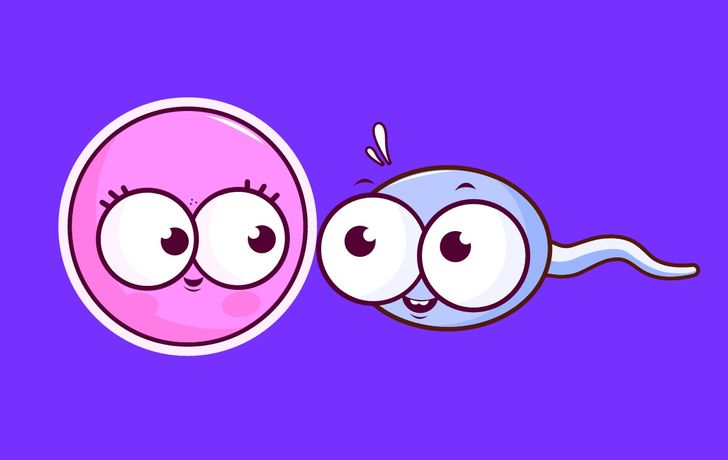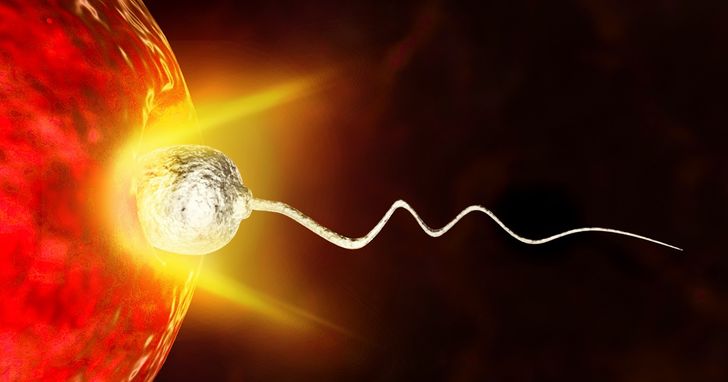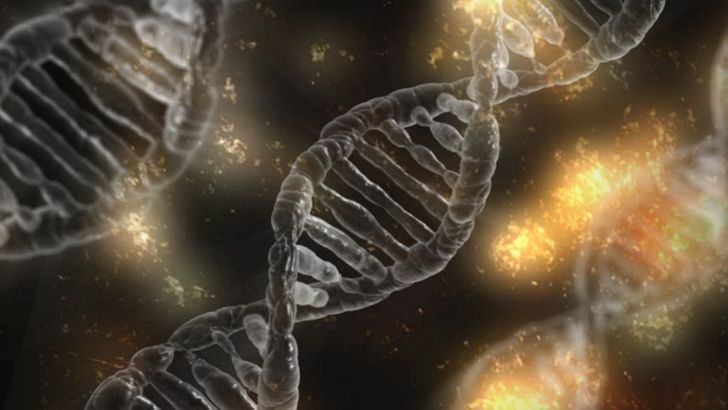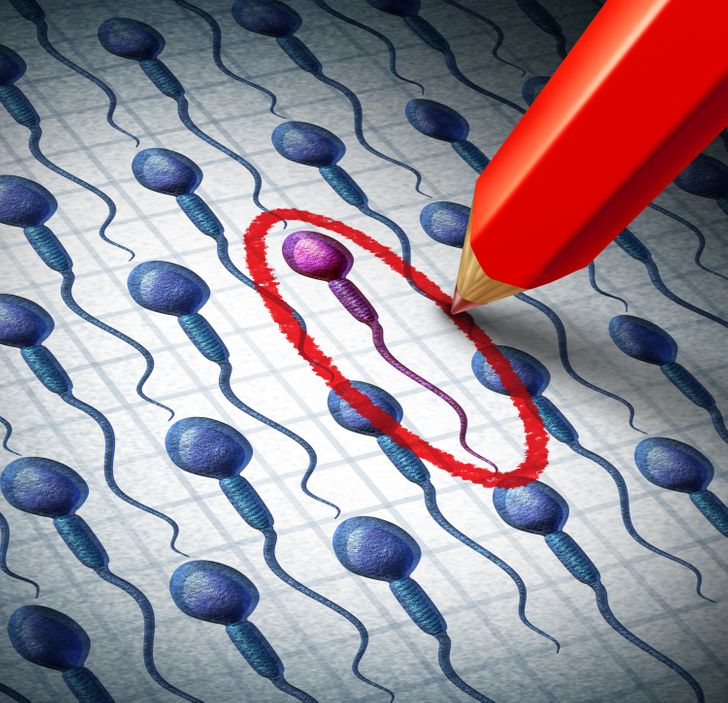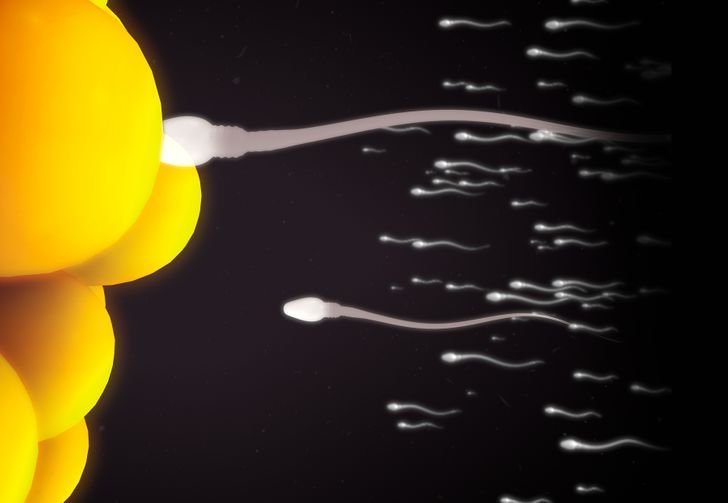There is only ever one egg to choose from so the millions of sperm don't have a choice. This should be pretty obvious
Did You Know That the Female Egg Chooses the Sperm and Not the Other Way Around?
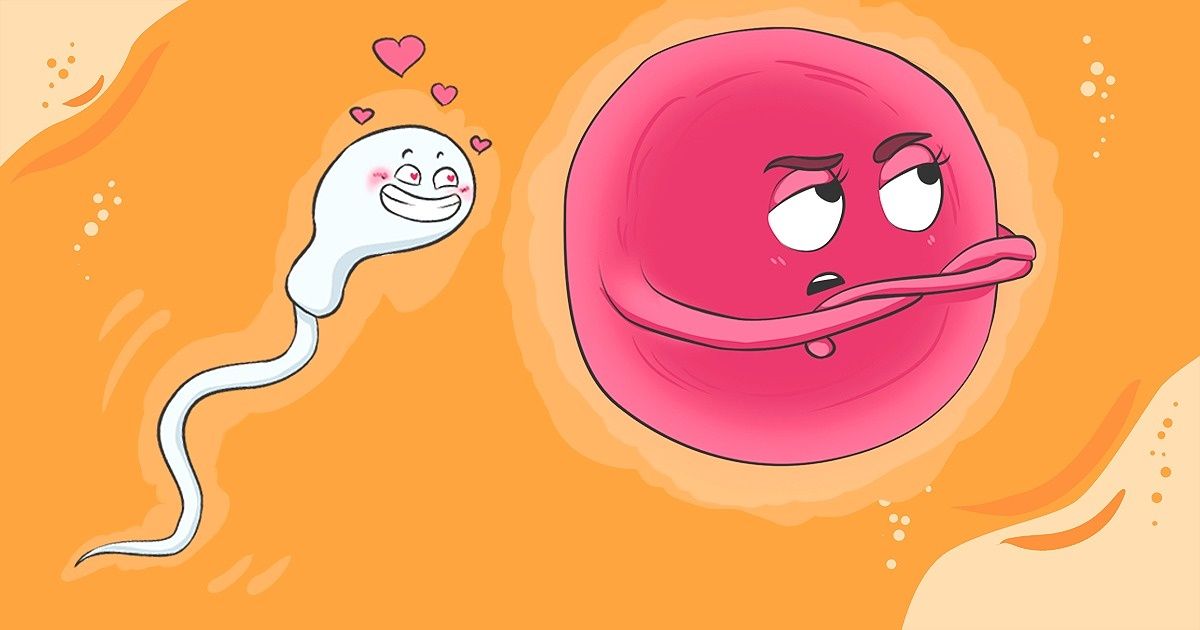
Eggs meet sperm, fertilization occurs, babies are formed. Simple? Not really! Get introduced to the notion of feminine receptivity, or the freedom of choice for women. Narrowing it further, the female eggs actually do choose. As believed by Scott Gilbert, developmental biologist at Swarthmore College, the “egg engages in a dialog with the sperm rather than locking it down.” So, fertilization is not actually a conquest, but more like a fair race.
After much research, it has also been proven that eggs tend to attract a particular kind of sperm if given the chance.
At Bright Side, we're thrilled to have come across the research that proved that eggs can be choosy and have their own pick as far as sperm are concerned.
The popular notion - the race of the sperm
Any couple who is planning to extend their family is always under the belief that the sperm races toward the egg. Let's start at the beginning. All sperm ready, egg at its healthiest, and here begins the race! As we have been taught in school, millions of sperm head towards a single egg cell. When an X meets an X, it's a girl, and when an X meets a Y, it's a boy.
So, let's now begin the process of unlearning.
Female eggs refuse to be submissive. They play a dominant role and choose their own sperm.
Race? Oh wait! It was never a race since the winner has already been decided. In simple language, the egg has already chosen the type of sperm that it will allow to enter.
As researched and explained by scientist Dr. Joseph H. Nadeau, eggs are not submissive and docile, but a key player in the process of reproduction. And against the popular notion that sperm races toward the egg, it's actually the other way around.
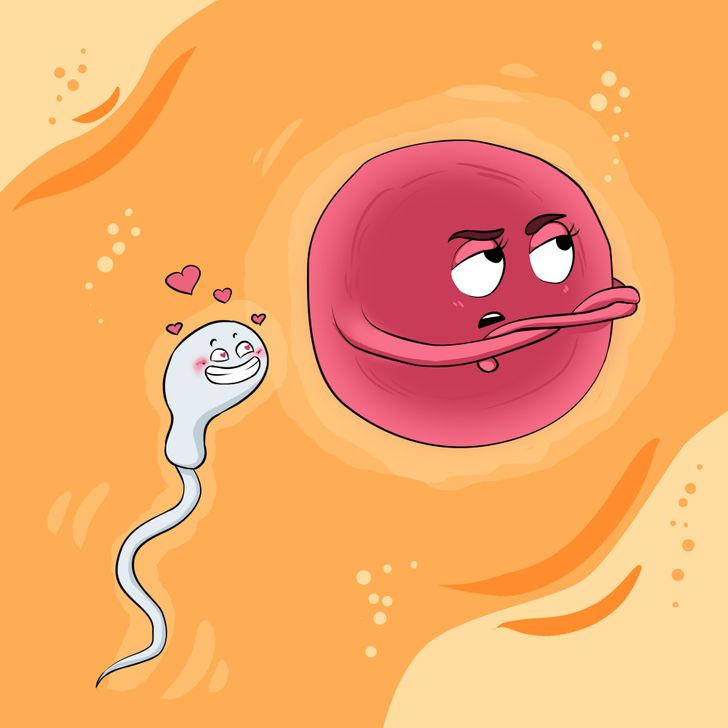
As explained by Pacific Northwest Research Institute, it's the egg that favors or discards a sperm, and makes sexual selection at the cellular level itself more complex.
It's strange but true that such an obvious process was assessed wrongly all this time.
How Mendel's law was defied?
Mendel's Law, by definition, is the law of segregation. It's also called the law of inheritance according to which each parent carries 2 copies of each gene. The next step is the 'random fertilization' process in which these genes are divided randomly into gametes that carry only one copy. However, recent studies discarded this belief altogether.
Dr. Nadeau conducted 2 separate experiments that hinted towards a different theory. His intention was to produce specific predictable ratios of gene combinations in offspring (based on Mendel’s laws). However, he couldn't achieve it.
As a part of his experiment, he first gave female mice one normal and one mutant gene that increased chances of getting testicular cancer. Male mice had all normal genes. The result was in accordance with Mendel's law.
Experiment 2: this time Dr. Nadeau reversed the breeding. He gave the male mice the mutant cancerous gene, while females had all normal genes. And there it was! He was astonished to see that only 27% received the mutant version, while they were expecting it to be 75%.
What we all have been taught about normal and mutated versions of DND1 in the mother and the father went absolutely off calculation. What he made out of all this was terming fertilization as non-random and proving the existence of a mechanism that allows the egg to choose the sperm with the normal instead of the mutated gene. In scientific terms, they call it 'genetically biased fertilization'.
What does this signify?
What does this signify? Was this always like this and skipped the sharp eye of top scientists?
Dr. Nadeau gave reasons for this newly found theory. He believed there could be two possibilities for this.
1. Attraction between sperm and egg largely involves the molecule of folic acid. Metabolism of B vitamin or folic acid is different in an egg and a sperm. These very changes may be the deciding factor for the attraction between sperm and egg.
2. Sperm are already present in the female reproductive tract when they are headed towards the egg. The egg may not be fully developed during this time. There's a possibility that the egg influences this cell-division so that its genes can also be well-suited to the sperm.
We hope this makes the picture a little more clear. Don't you think this information should be shared further too? Please share your views on this newly found knowledge.
Comments
Related Reads
12 Problems All Girls Encounter in Fall

18 Antique Items People Suddenly Came Across and Were Completely Perplexed By

14 Facts That Reveal Very Unexpected Aspects of The World
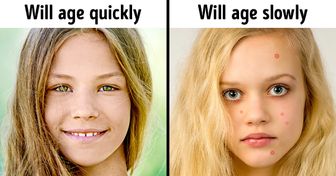
15 People Who Bought a Book for Its Cover and Still Regret It

15 People Who Can Be Easily Spotted in a Crowd

14 Puzzles That Can Challenge Your Intelligence
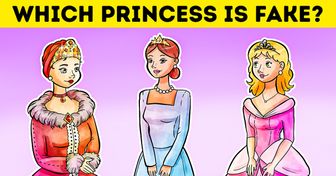
My MIL Mocked Me at My Husband’s Birthday Party—I Gave Her a Brutal Reality Check

15+ Mothers-in-Law Who Can Turn an Ordinary Day Into a Comedy Show

I Walked Out of the Family Reunion After My Stepdaughter Handed Me a List of “Rules”

I Refuse to Keep Paying for “Family Trips” I Never Get to Go On

14 Mother-in-Law Moments That Became a Legendary Family Story

13 Plot Twists So Wild, They Could Make Spielberg Say, “I Wish I Directed That”

